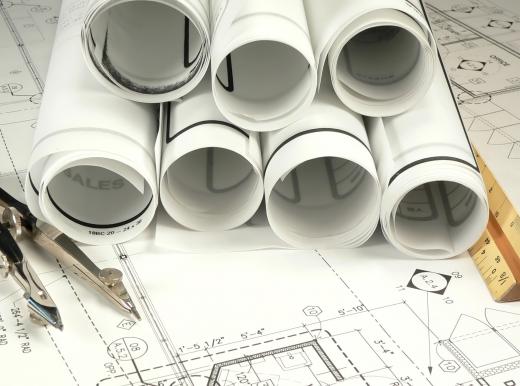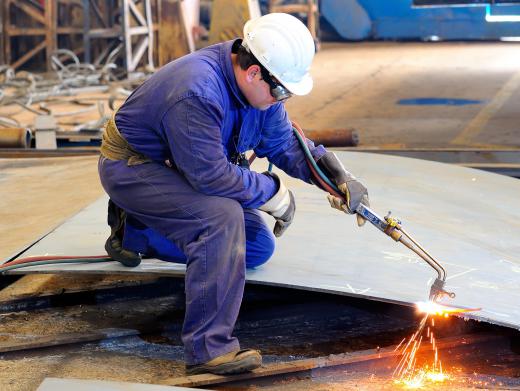Also know as laying out or performing a layout, "marking out" is a term that refers to the process of transferring a pattern or design that is specified in the blueprints for a piece to the actual piece itself. Typically, the transference involves making sure the scale of the design is matched with the piece, so that the desired outcome is achieved. Marking out usually occurs at the beginning of the manufacturing process, with the step repeated for each subsequent piece under development. This approach is normally not necessary when the business operation uses machinery that can be set up for the production of the pieces without the need to transfer the design to each individual unit.
Marking out can be found in a number of different applications including various forms of metalworking and woodworking. While the exact process will vary somewhat based on the materials used to create the basic product, most incidences will require a flat surface that can serve as the marking out table. Angle plates are also used to help hold the piece in position on the table, a measure that reduces slippage and movement while the transfer is in progress. Measuring tools such as protractors and squares help to ensure the dimensions of the pattern are transferred according to scale onto the piece. Finally, engraving equipment and marking blue are used to lay out the pattern or design, making it easier to etch into the material in exactly the right locations.

Other tools may also be used in marking out, depending on the type of materials used. For example, carpenters may use simple pencil marks to help create a pattern or design on pieces such as cabinet doors. In like manner, a wood worker may utilize soapstone instead of marking blue. The etching tools may also be joined by various types of scribners, which are devices that help to add additional depth and width to etchings. In some cases, rulers and tape measures may also be employed as part of the transference, allowing the worker to achieve a higher level of accuracy with the measurements.

While marking out is very common when creating unique pieces or even limited runs of pieces by hand, this process is not typically used in mass production. Instead, the business will normally adapt the programming and settings on the production machinery to achieve the ideal design for the piece, without the need to make adjustments as each new piece is manufactured. While saving a great deal of time, pieces that are made manually and employ a marking out process are often considered highly desirable by consumers, who are willing to pay more for the finished pieces that their mass-produced counterparts.

